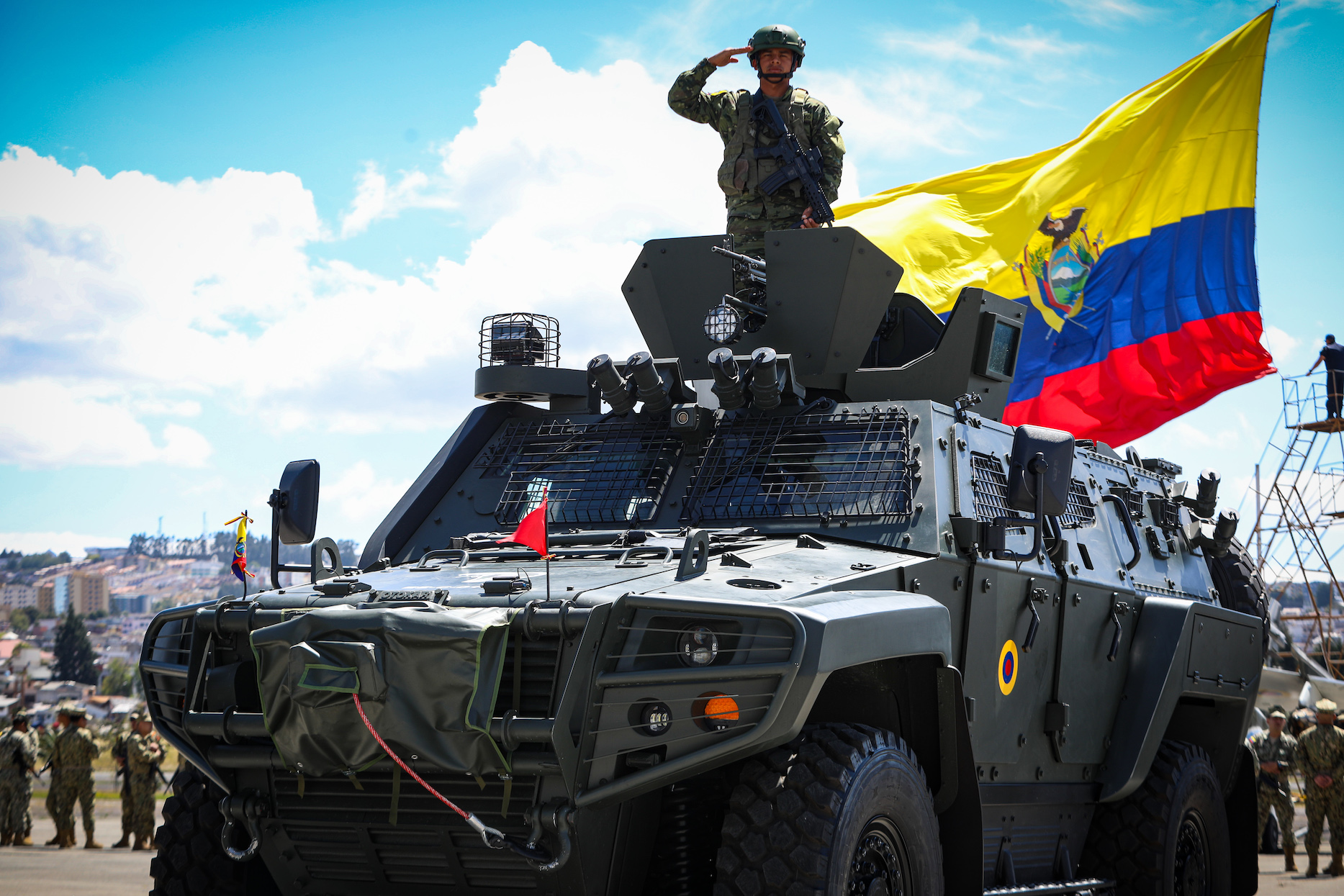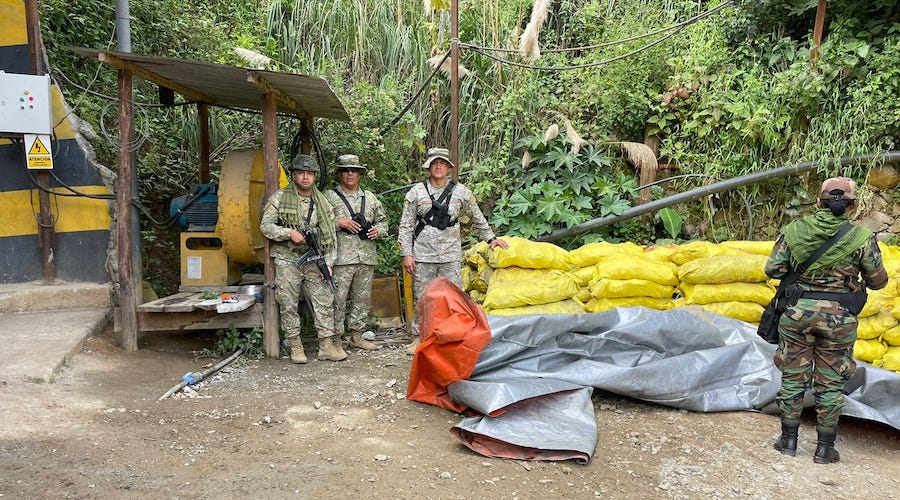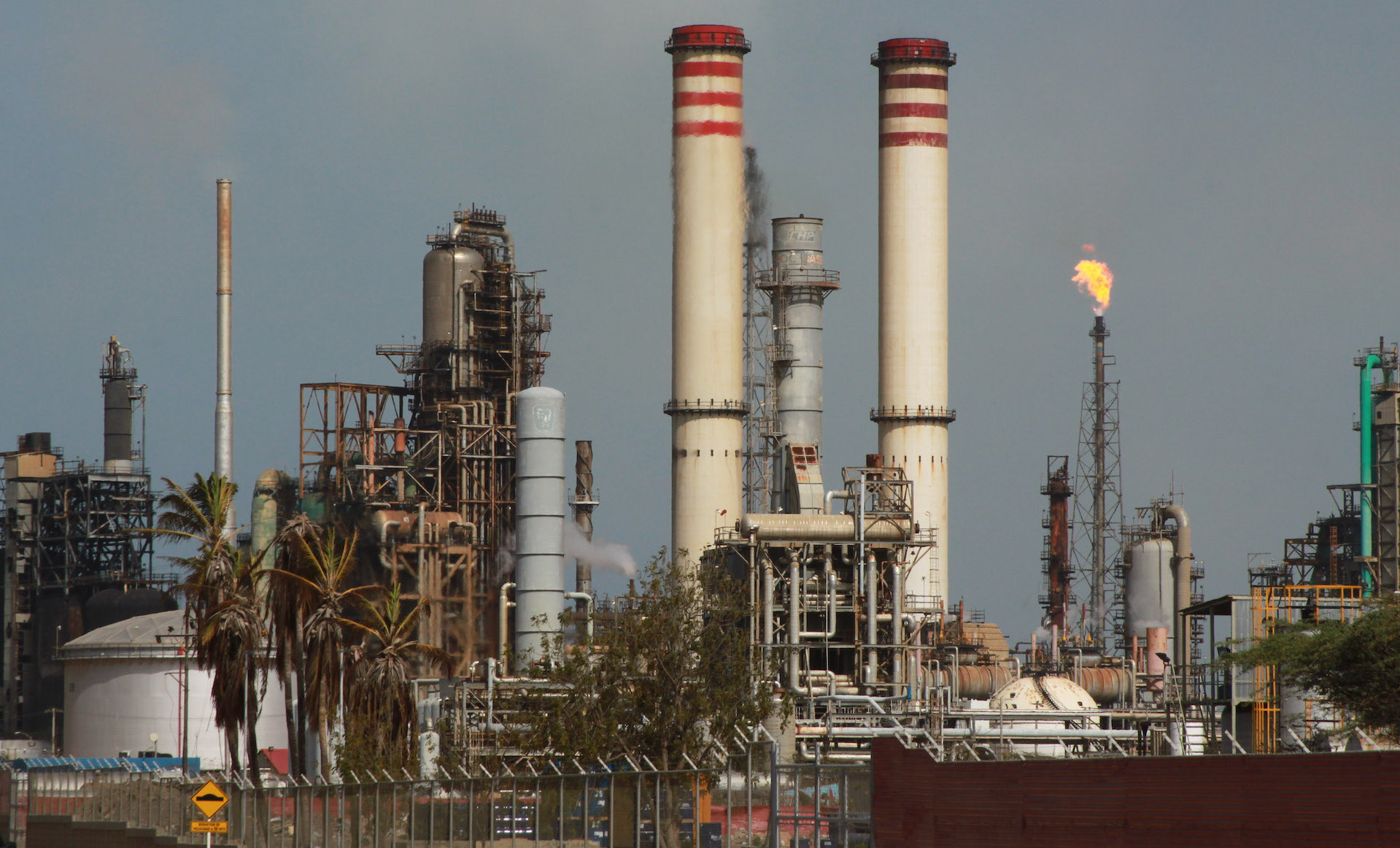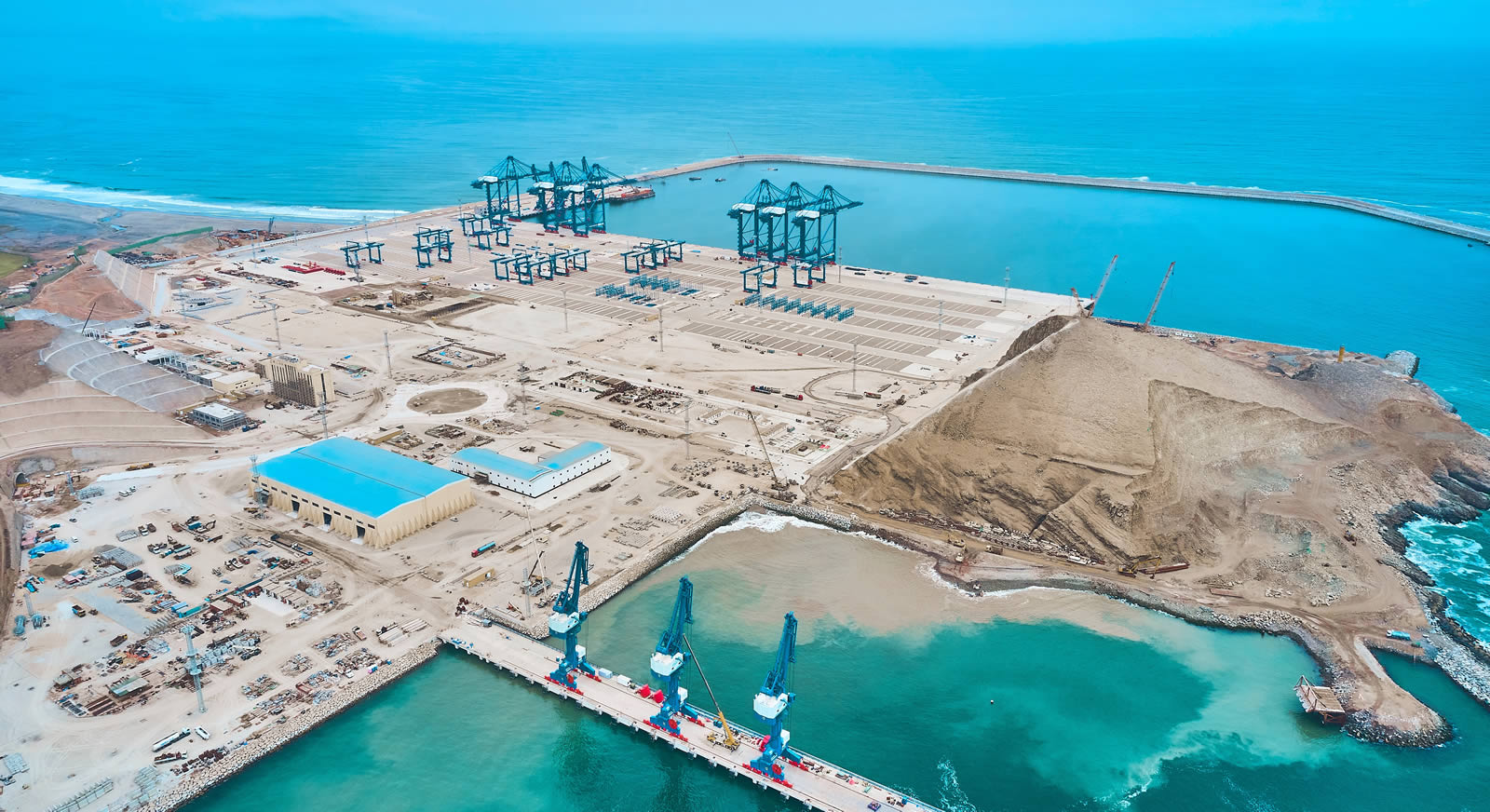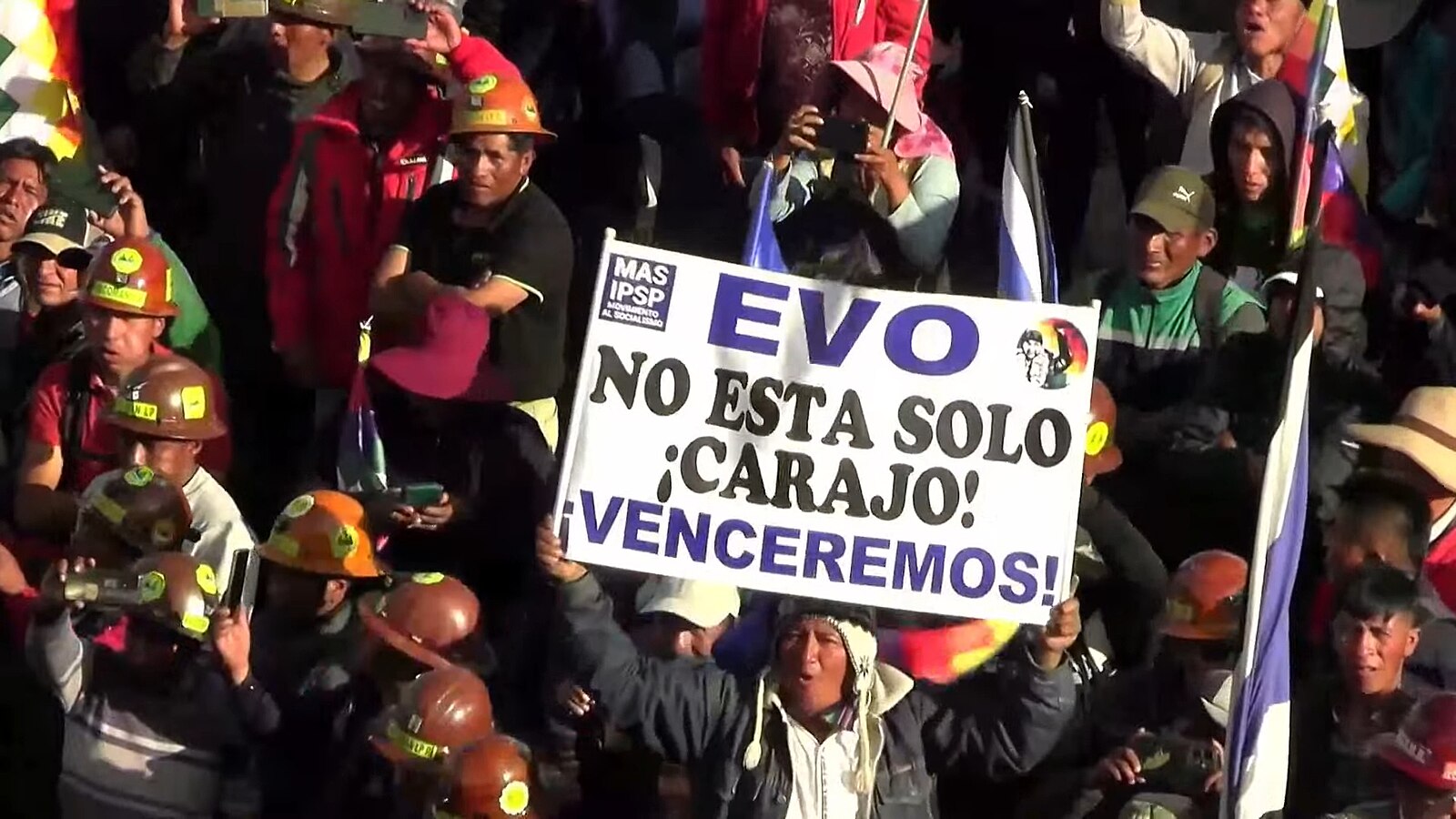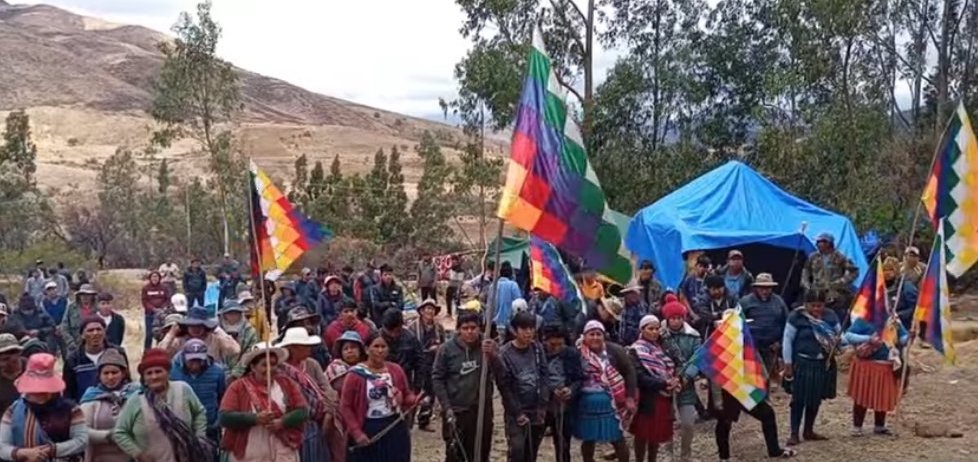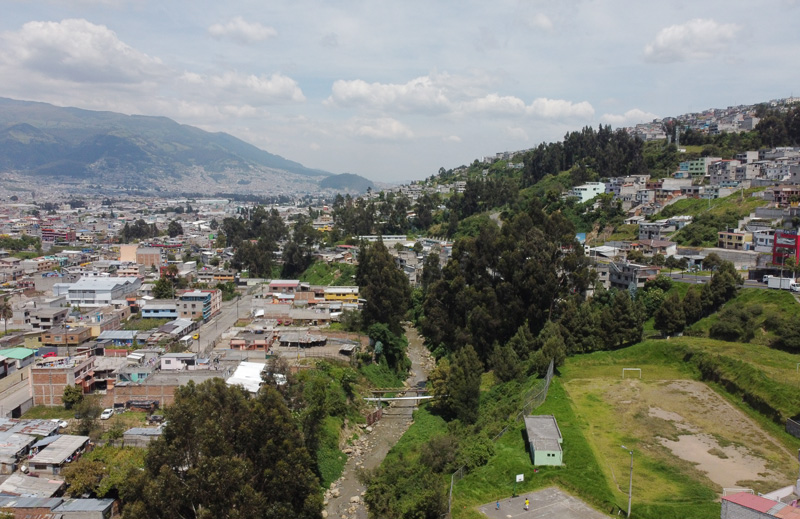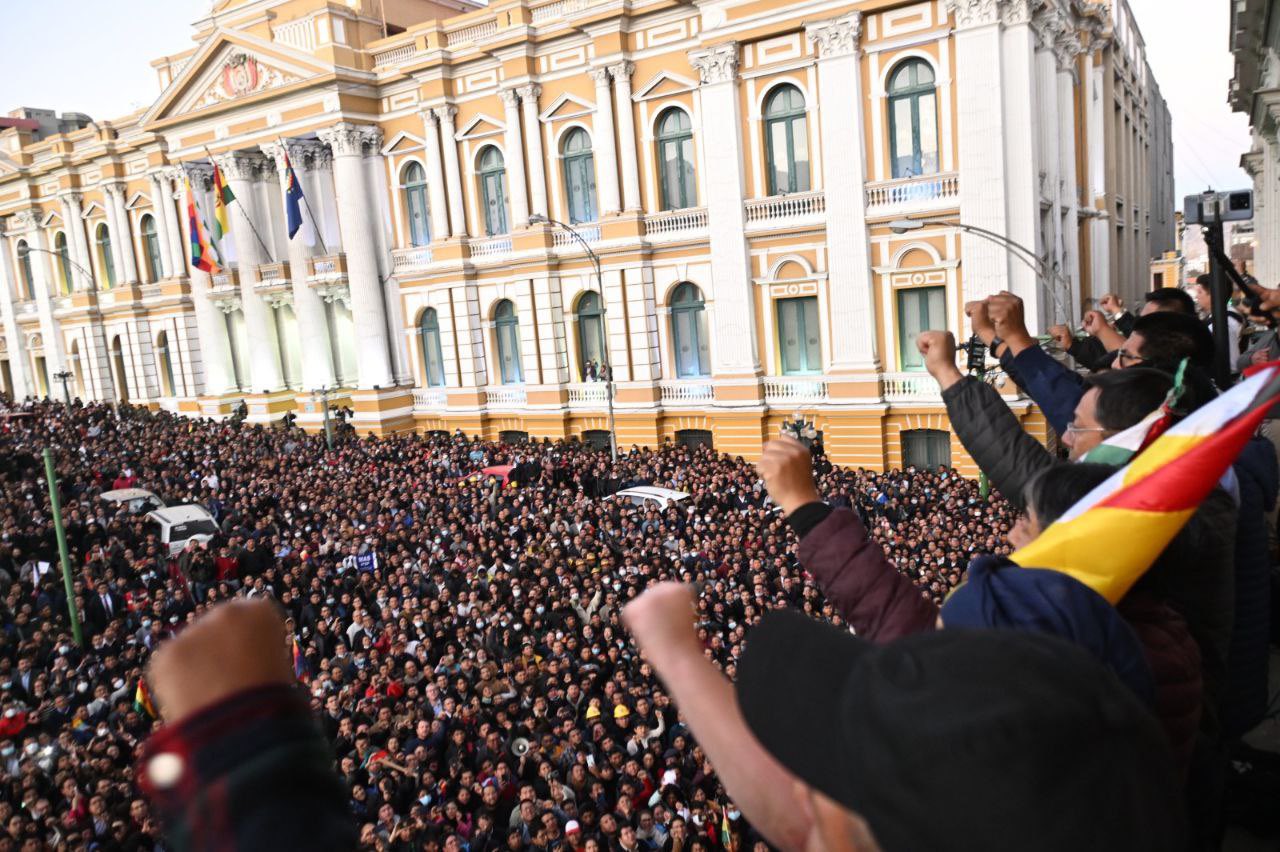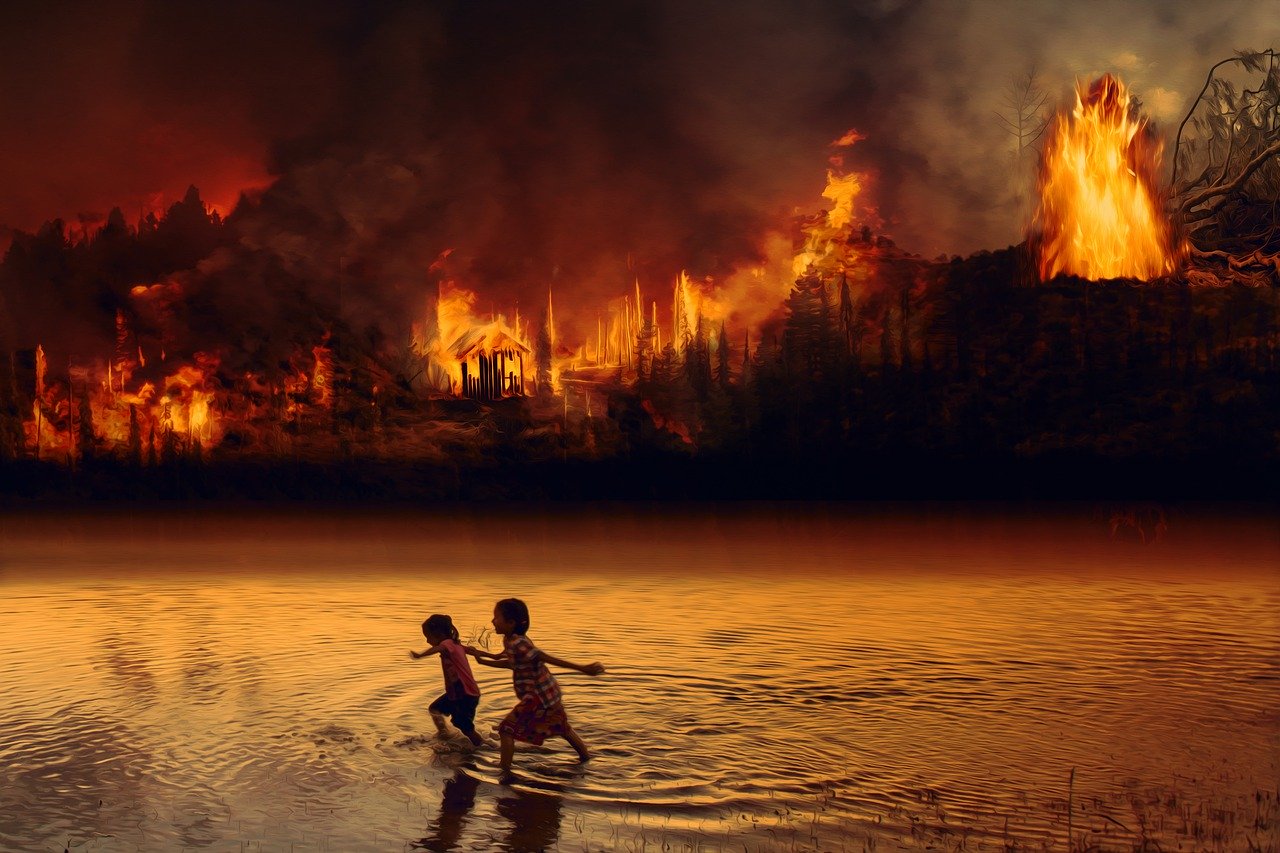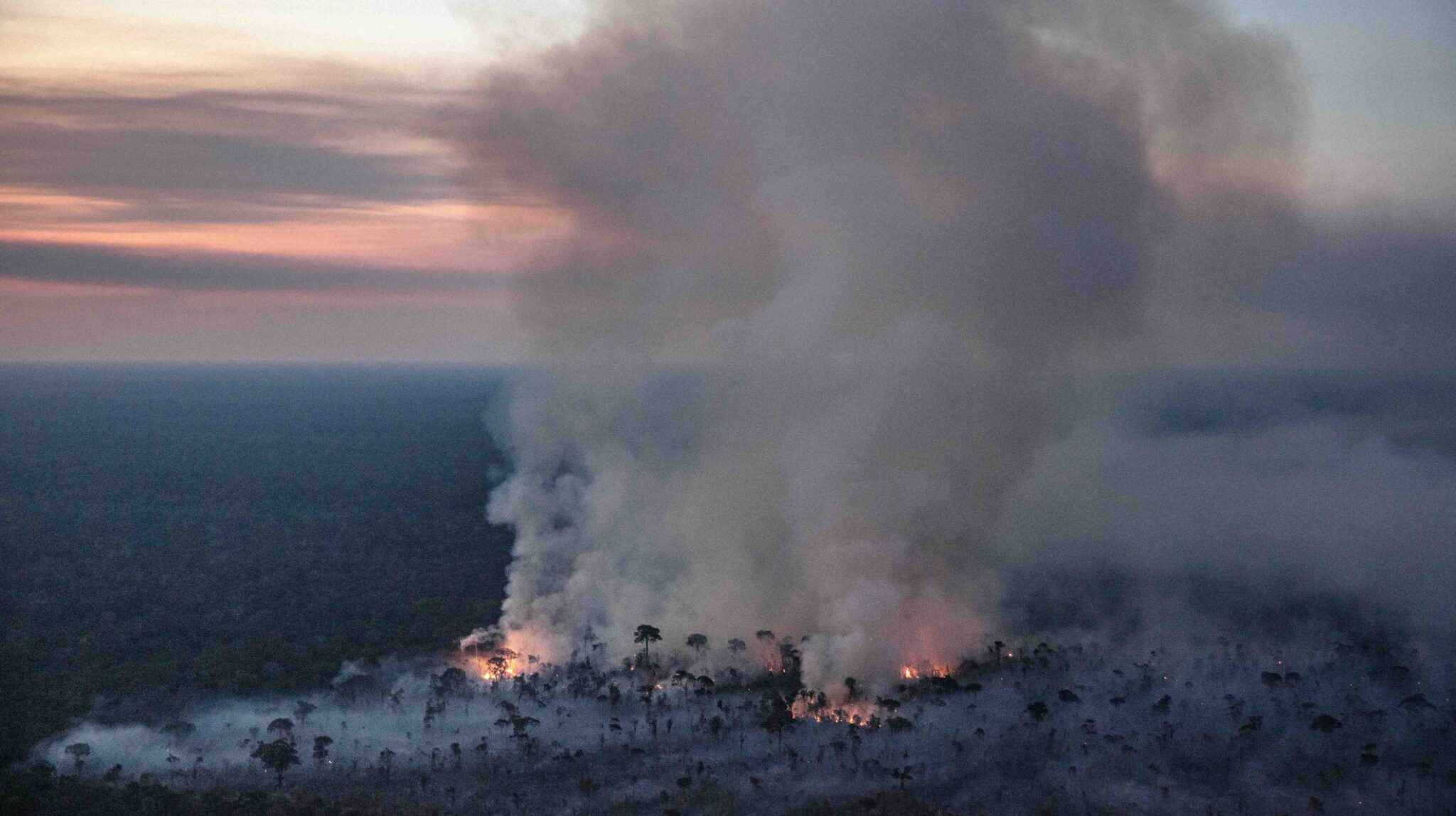
IACHR issues ‘landmark’ opinion on climate crisis
The UN Office of the High Commissioner for Human Rights (OHCHR) praised the advisory opinion on the climate crisis issued by the Inter-American Court of Human Rights (IACHR) as a “landmark step forward,” urging states to take meaningful action through legislation, policy-making and international cooperation. Advisory Opinion 32/25 addresses signatory states’ human rights obligations under the American Convention on Human Rights (Pact of San José) in the face of climate change. The opinion, issued in response to a request submitted by the governments of Chile and Colombia, affirmed the existence of a human right to a healthy environment, elaborating on the obligations derived from that right within the context of the climate emergency. (Photo: Marizilda Cruppe/Greenpeace via Mongabay)



